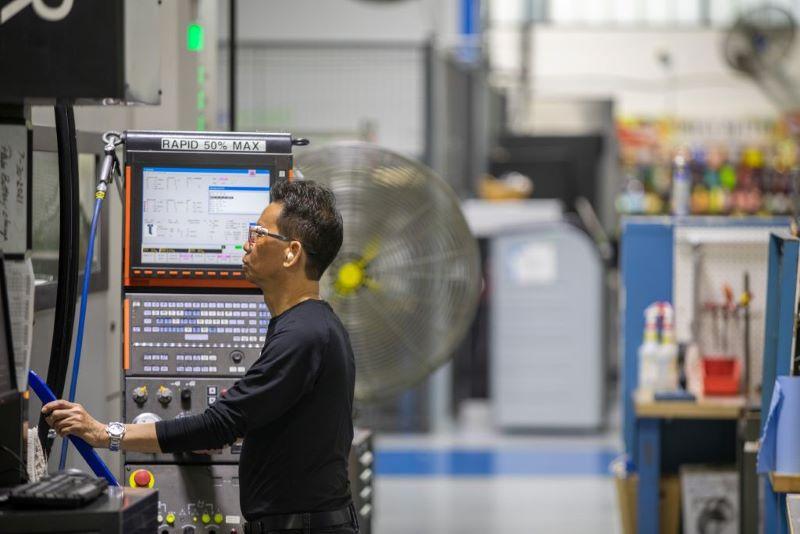
Credit: Textron Aviation
WICHITA—In the past two decades, Wichita’s aviation industry has undergone a dramatic manufacturing transformation. More change is on the way, in a move some call the Fourth Industrial Revolution. While Wichita is not alone, the industry’s transformation has been most pronounced here because of the...
Subscription Required
Wichita’s Manufacturing Transformation is published in Aerospace Daily & Defense Report, an Aviation Week Intelligence Network (AWIN) Market Briefing and is included with your AWIN membership.
Already a member of AWIN or subscribe to Aerospace Daily & Defense Report through your company? Login with your existing email and password.
Not a member? Learn how you can access the market intelligence and data you need to stay abreast of what's happening in the aerospace and defense community.





